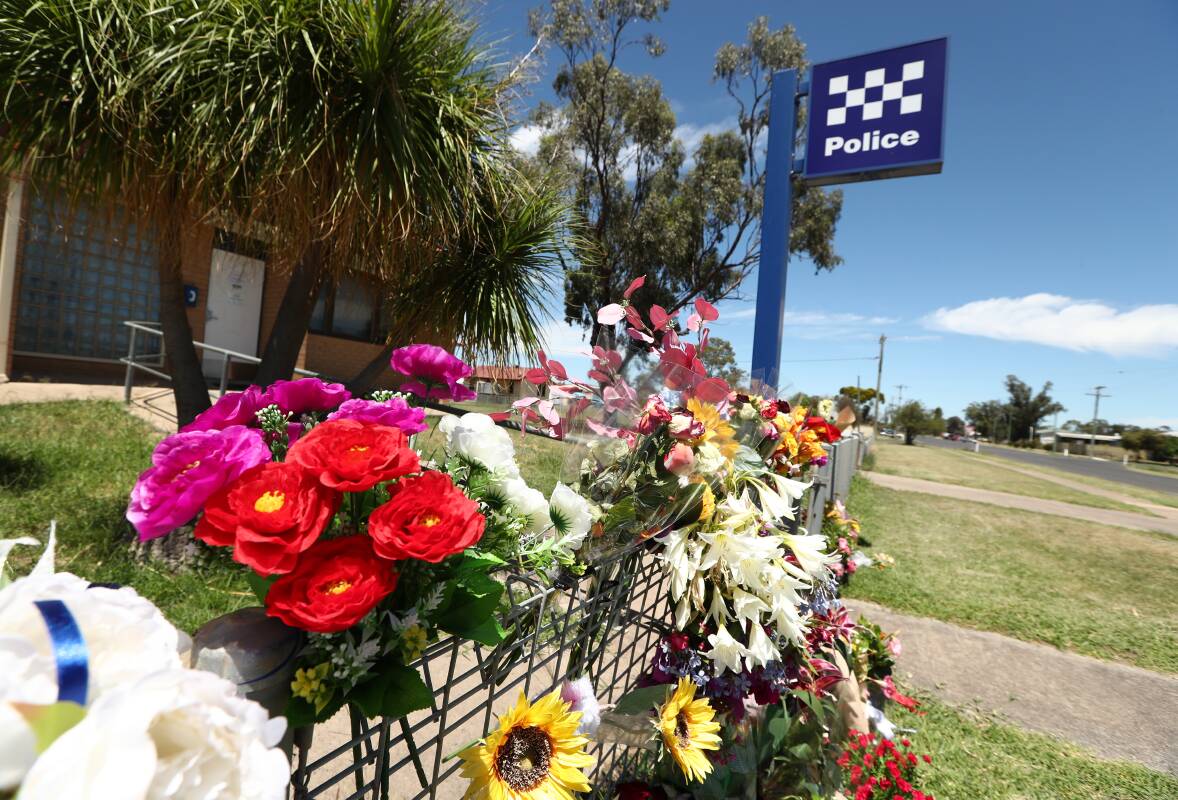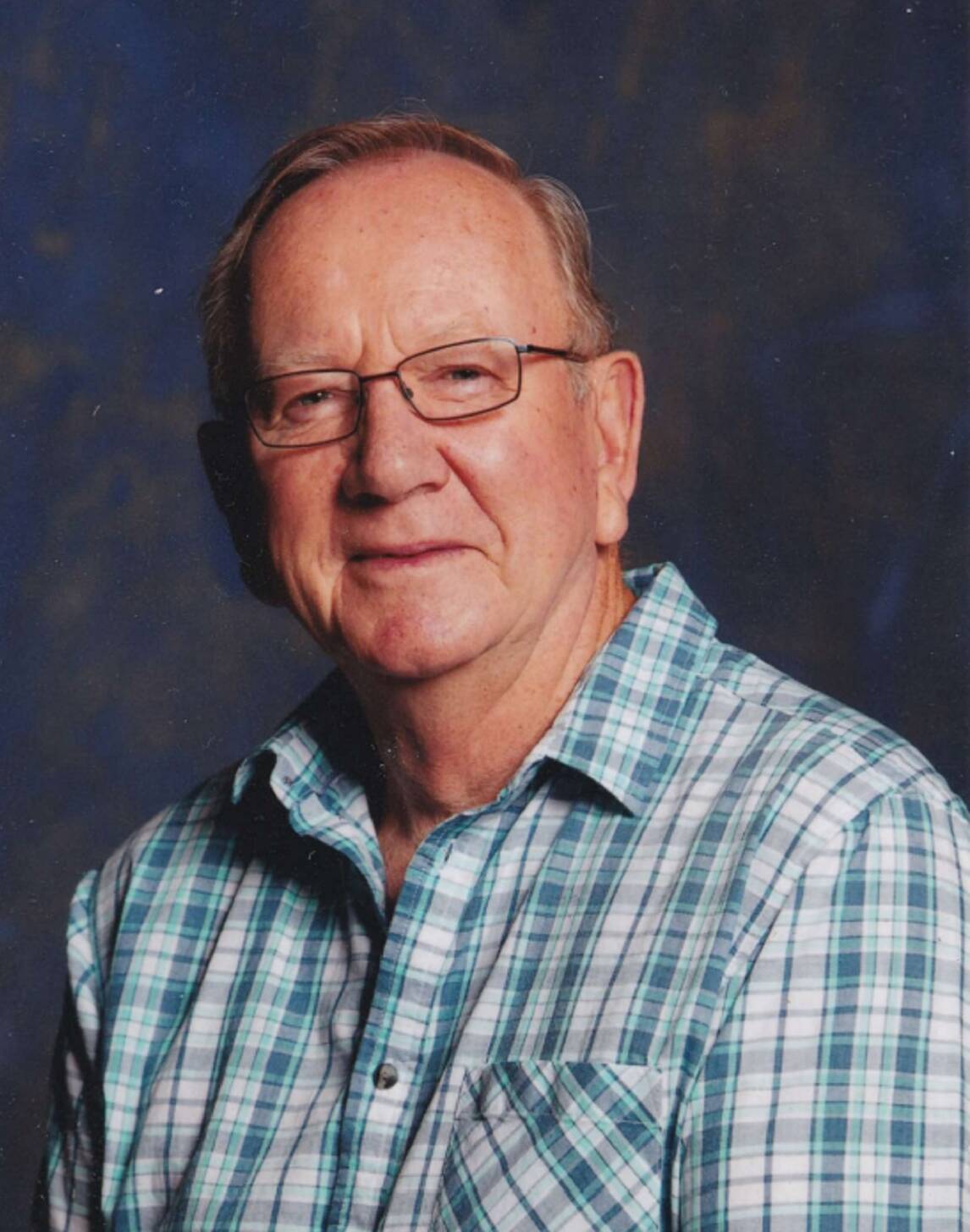John Ure, born and raised in Adamstown, was a NSW Police detective in the Hunter throughout the 1970s and early 1980s. Here's his latest crime file.

Australia was shocked last month by the execution-style murder of two police officers and a civilian neighbour near the small Queensland town of Chinchilla.
But this is not the first time in recent decades that such heinous crimes have been committed.
I have already written about the murder of Senior Constable Doug Eaton at Toronto in 1987. Less than 10 years later, I was involved in the aftermath of the murder of two police officers on the NSW north coast.
In the early hours of Sunday 9 July 1995, Senior Constables Robert Spears and Peter Addison were ambushed and shot dead in the sleepy seaside town of Crescent Head. They had driven from nearby Kempsey to investigate a complaint of a man spraying paint on his former girlfriend's car - a "routine" job.
After speaking to the complainant they drove to a house in Main Street, occupied by John McGowan, and pulled up in the driveway. When they alighted from the police four-wheel-drive they were fired on by McGowan, who had been lying in wait for them, dressed in camouflage clothing, crouching behind his car in the carport and armed with a high-powered Ruger 14 (.223 calibre) rifle.
Both police took cover behind the police vehicle and as Peter Addison made his way to the driver's door to (unsuccessfully) try to call for backup, Robert Spears was shot in the head and fell to the ground. After exchanging shots with McGowan, Peter Addison ran to a nearby house however it did not have a telephone. As he tried to reach a neighbouring house and came within McGowan's line of fire he was also shot dead. McGowan then shot himself.
As Commander of the North Region Major Crime Squad at that time, I was notified of the shooting and drove from my home at Hornsby to Crescent Head, arriving shortly after daybreak and while forensic officers were still gathering evidence and taking photographs of the crime scene.
I was confronted with one of the most disturbing scenes I had ever witnessed: two young police, in full uniform, lying dead on the roadway. I clearly recall thinking at the time that this is the reality of policing - police attending what should be a straightforward job, shot dead without mercy or reason.

It emerged that McGowan had been heavily intoxicated on alcohol and cannabis and that he was a regular heavy user of both. Although there has been limited research into the effects of alcohol and cannabis used together, there are indications that their combination may lead to increased intensity of the effects on a person's judgment and a further increase in sensation-seeking or risky behaviour.
A coronial inquest was held by Mr Derek Hand SM and evidence was given of the inadequacy of the Smith and Wesson six-shot revolver then issued to police, as well as the poor radio coverage up the north coast.
Discussion about replacing the revolver with the Glock 22, 15-shot pistol had been going in within NSW Police circles for quite some time but was yet to be implemented. Similarly, it was well-known that police radio reception on the north coast was poor.
I suggested to Mr Hand that he should recommend that these two issues be addressed without delay.
As a direct result of the Coroner's recommendations the Glock pistols were issued to all operational police, the police radio network on the north coast was upgraded, the availability of bullet-proof vests to be carried in operational police vehicles was phased in and advances were made in police tactical training.
Police in NSW are now much better prepared to respond to incidents such as encountered by Robert Spears and Peter Addison - that is their legacy.
In 1977 my good mate Doug Eaton was shot dead, and his partner Eddie Gill seriously wounded, when they responded to a burglar alarm at Kilaben Bay Golf Club.
In 1995 Robert Spears and Peter Addison were shot dead when they responded to a report of man spraying paint on a car.
Last month, Rachel McCrow and Matthew Arnold (and an innocent neighbour) were shot dead, Randall Kirk was wounded and Keely Brough survived a concerted effort to kill her, when they went to a rural property near Chinchilla in relation to a missing person report and an arrest warrant (curiously described by Queensland Police Deputy Commissioner Tracy Linford as a "run-of-the-mill policing job").
A burglar alarm, malicious damage to a car, a missing person enquiry, an arrest warrant - perhaps these could be viewed as "routine" or "run-of-the-mill" jobs for police.
But these three horrific outcomes (and the many other occasions over the years where police have been killed or seriously wounded) show that no police response is ever immune from danger; no job is ever "routine" or "run-of-the-mill".
This is the reality of policing.
John Ure, born and raised in Adamstown, was a NSW Police detective in the Hunter throughout the 1970s and early 1980s.
WHAT DO YOU THINK? We've made it a whole lot easier for you to have your say. Our new comment platform requires only one log-in to access articles and to join the discussion on the Newcastle Herald website. Find out how to register so you can enjoy civil, friendly and engaging discussions. Sign up for a subscription here.







